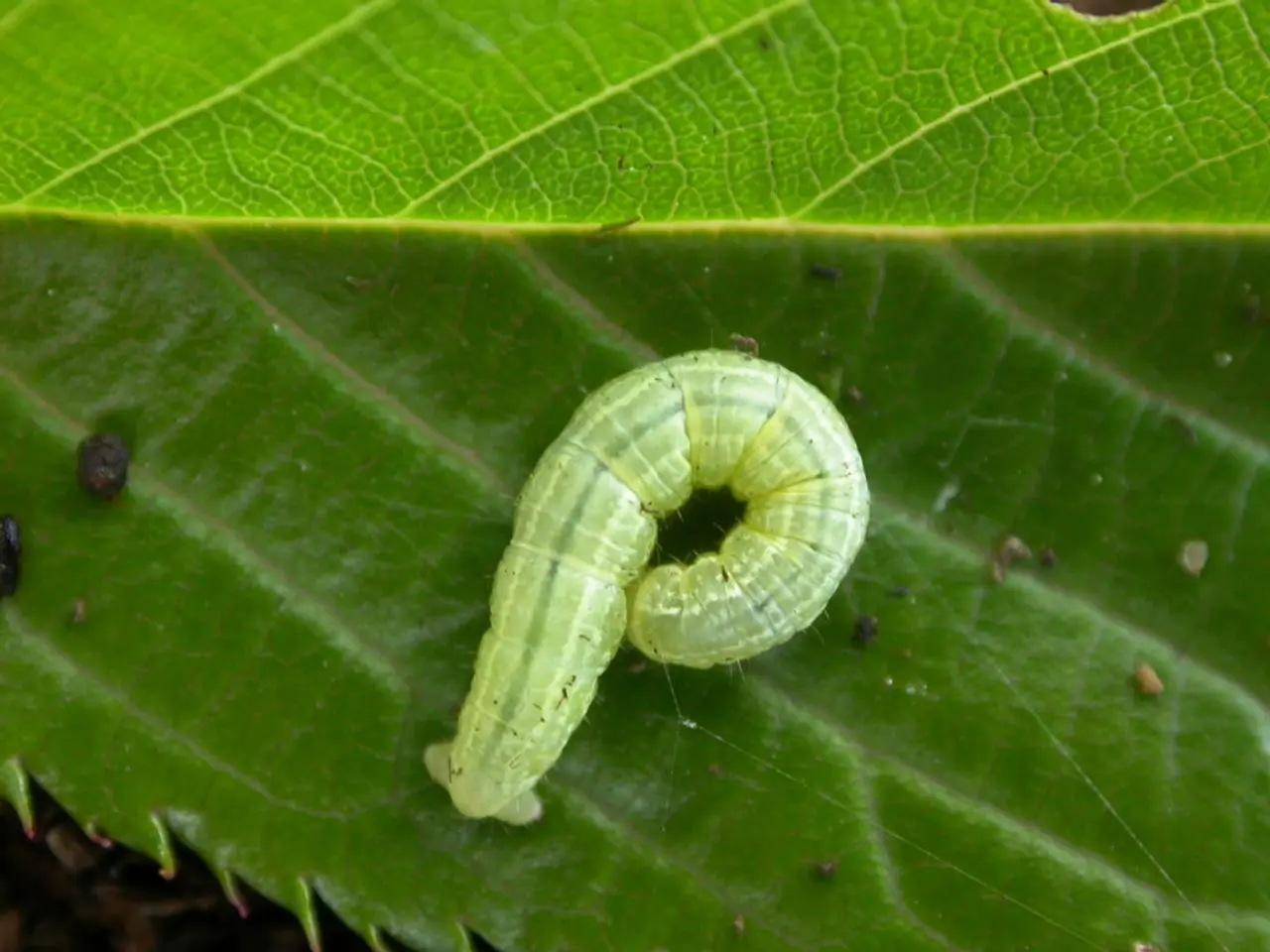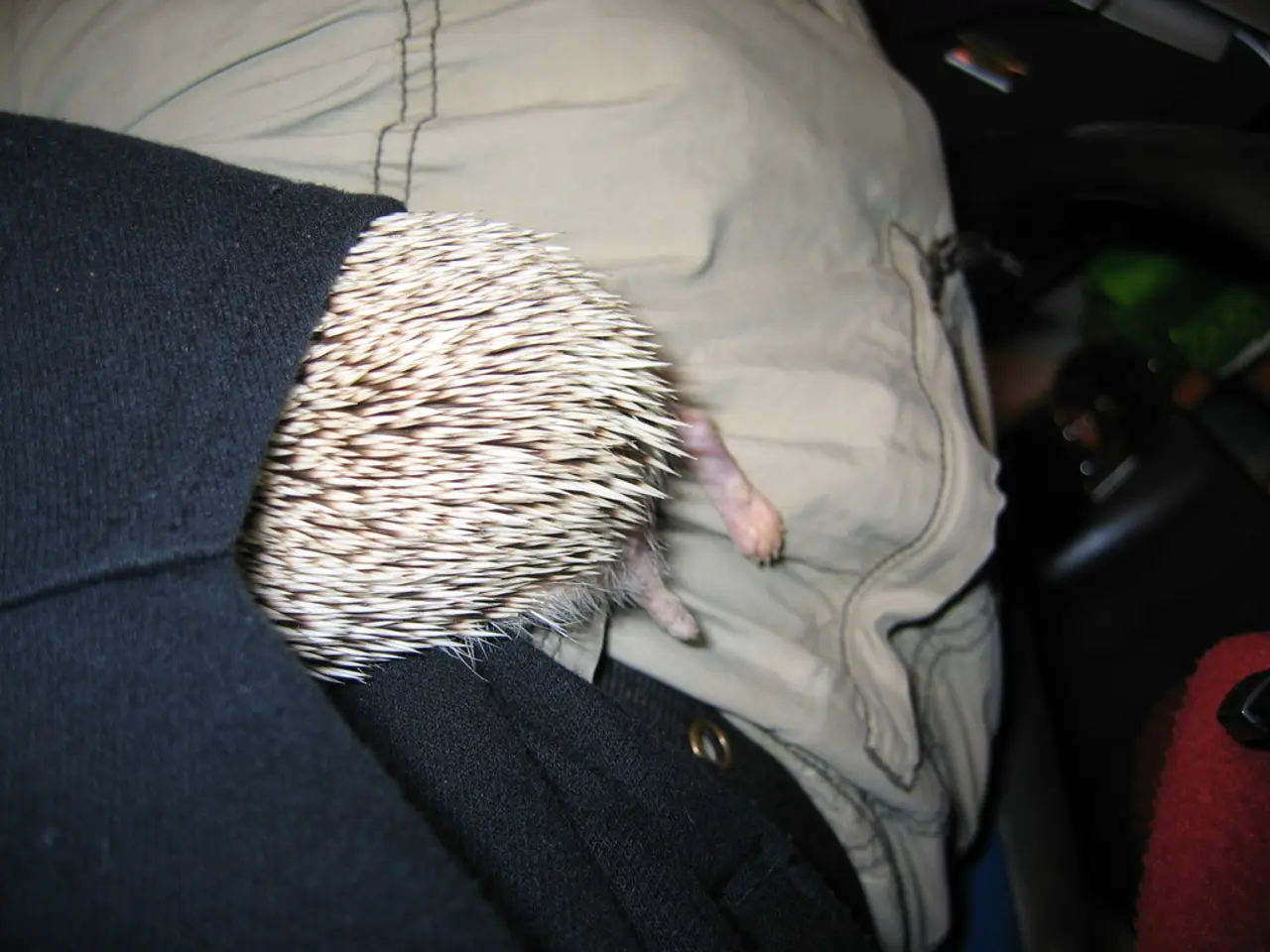Composting Worms Fundamentals for Novices: A Step-by-Step Guide
In the world of composting, European Nightcrawlers have gained popularity as an effective and efficient choice for breaking down organic waste. To create an optimal environment for these burrowing creatures, a well-designed worm bin is essential.
European Nightcrawlers, unlike their red wiggler counterparts, tend to burrow deeper. Therefore, a worm bin should be deep enough to accommodate their natural behaviour. A container with sufficient depth and aeration is ideal.
These worms thrive in moist but well-drained bedding, such as shredded newspaper or cardboard combined with kitchen scraps as food. The bin should be kept dark and cool, as worms are sensitive to light and heat. Using a black or opaque container or covering the bin prevents light exposure.
Proper drainage is crucial, with drainage holes at the bottom of the bin to prevent water accumulation and maintain the right moisture level.
While red wigglers are commonly recommended for worm bins due to their surface feeding habits, European Nightcrawlers are equally effective for composting organic waste and castings production.
A DIY worm bin made from two nested 5-gallon buckets, drilled holes for aeration and drainage, layered with kitchen scraps and shredded moist newspaper, has been shown to work well for composting worms. While many guides focus on red wigglers, similar principles apply to European Nightcrawlers, with extra consideration for deeper layers.
For those looking to source European Nightcrawlers, they can be purchased online or locally. Their deeper burrowing habits mean the composter should allow vertical space for comfort.
In conclusion, the best system for composting with European Nightcrawlers is a deep, aerated, dark worm bin with moist bedding and a steady supply of organic scraps, designed to accommodate their burrowing and feeding habits effectively. This setup supports healthy worm activity and efficient composting.
For those interested in purchasing composting systems specifically designed for European Nightcrawlers, the Worm Factory 360 Composter, the Garden Tower 2 - Vertical Garden Planter & Composter, and the Hungry Bin - Continuous Flow Worm Composter are all viable options. The Worm Factory Refill Kit, which includes coconut coir for bedding, is necessary for maintaining the Worm Factory 360 Composter.
Coconut coir, a sustainable and eco-friendly product, is often used in composting systems as a medium for providing bedding for European Nightcrawlers.
An article about European Nightcrawlers for composting was published on January 10, 2022. Whether you're a seasoned composter or just starting out, understanding the unique needs of European Nightcrawlers can help you create a thriving composting system.
In line with their deep burrowing habits, a proper worm bin for European Nightcrawlers should be deep enough to accommodate their natural behavior, such as a container with sufficient depth and aeration. Furthermore, for home-and-garden enthusiasts looking to incorporate gardening techniques using European Nightcrawlers, a lifestyle that includes maintaining a well-designed worm bin will ensure efficient composting and a healthy environment for these worms.




